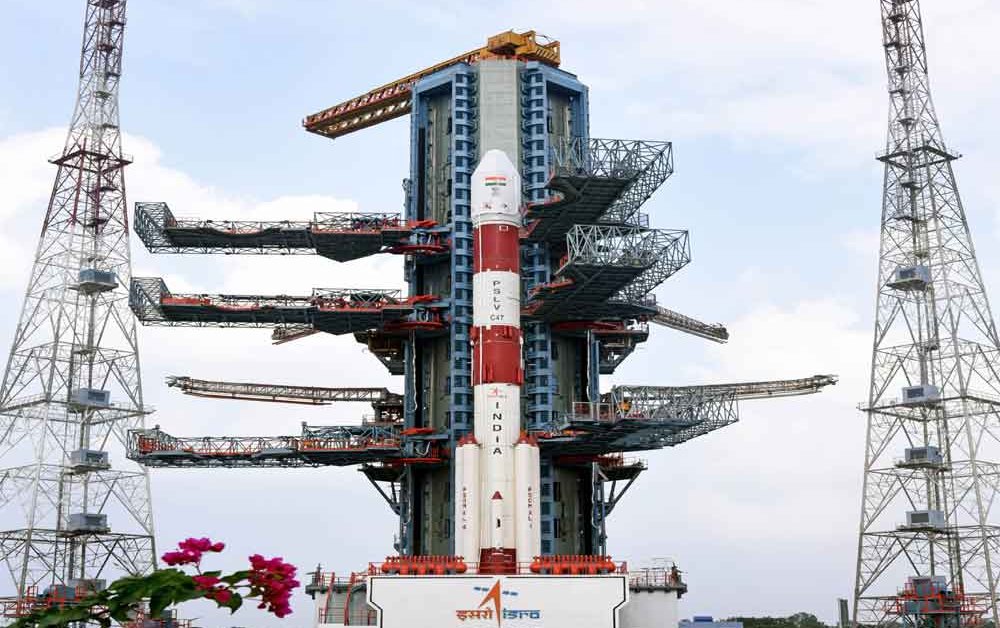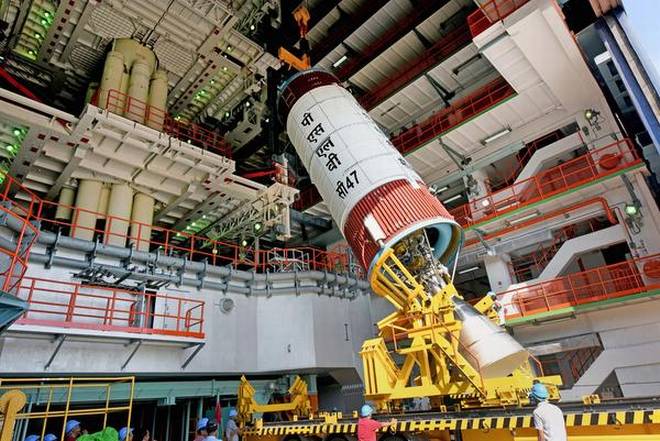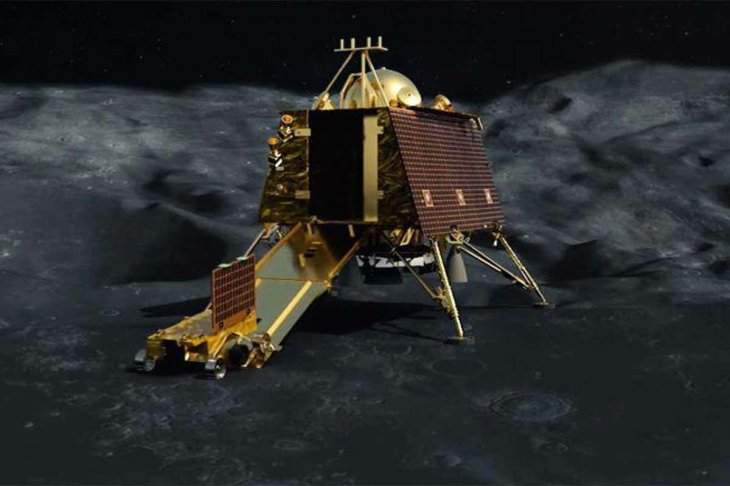ISRO Successfully Launched CARTOSAT-3, India's Most Advanced And Complex Imaging Satellite
Aadhya Khatri - Nov 27, 2019

According to K Sivan, the chief of ISRO, he is glad that the PSLV-C47 was sent successfully to orbit bringing with its 13 other satellites
- SpaceX Beats ISRO By Launching The Most Satellites In A Vehicle, 143
- China Attacked Indian Satellite Systems Several Times In The Last Decade
- IISc & ISRO Scientists Develop Space Bricks For Habitation On The Moon
A rocket of India with 14 satellites onboard was launched into orbit yesterday. It belongs to ISRO (Indian Space Research Organisation), and it is a Polar Satellite Launch Vehicle.
Among these 14 cargos, one is an advanced earth mapping and imaging satellite called CARTOSAT-3. The other 13 are the U.S commercial nano-satellites.

CARTOSAT-3 is the ninth in the row and was sent into orbit from Satish Dhawan Space Centre’s second launch pad at Sriharikota, at 9.28 A.M. Sriharikota has been the venue for 73 other launches of this kind.
According to K Sivan, the chief of ISRO, he is glad that the PSLV-C47 was sent successfully to orbit bringing with its 13 other satellites. CARTOSAT-3 is the civilian satellite with the highest resolution.
CARTOSAT-3, so far, is the most advanced and complex imaging satellite. 17 minutes and 46 seconds after the lift-off, it was sent to orbit. This is the mission done right after the launch of Chandrayaan 2. The fate of the Vikram lunar lander was announced recently as it crashed on the Moon surface due to an issue with the braking system.
According to ISRO, the IRS series will be replaced by the satellite that was launched yesterday. CARTOSAT-3’s panchromatic resolution is 0.25 meters. The agency said that this mission was a big leap from the last payloads of the same CARTOSAT series.
CARTOSAT-3 will meet the demands of information for land cover, coastal land use, urban planning, and infrastructure development in rural areas.

ISRO said that the satellite will be in use in space for five years. This follows the Chandrayaan-2 mission on the 22 of July, which brought the Vikram lander on the Moon. However, it failed to perform soft land.
Featured Stories

Features - Jul 01, 2025
What Are The Fastest Passenger Vehicles Ever Created?

Features - Jun 25, 2025
Japan Hydrogen Breakthrough: Scientists Crack the Clean Energy Code with...

ICT News - Jun 25, 2025
AI Intimidation Tactics: CEOs Turn Flawed Technology Into Employee Fear Machine

Review - Jun 25, 2025
Windows 11 Problems: Is Microsoft's "Best" OS Actually Getting Worse?

Features - Jun 22, 2025
Telegram Founder Pavel Durov Plans to Split $14 Billion Fortune Among 106 Children

ICT News - Jun 22, 2025
Neuralink Telepathy Chip Enables Quadriplegic Rob Greiner to Control Games with...

Features - Jun 21, 2025
This Over $100 Bottle Has Nothing But Fresh Air Inside

Features - Jun 18, 2025
Best Mobile VPN Apps for Gaming 2025: Complete Guide

Features - Jun 18, 2025
A Math Formula Tells Us How Long Everything Will Live

Features - Jun 16, 2025
Comments
Sort by Newest | Popular